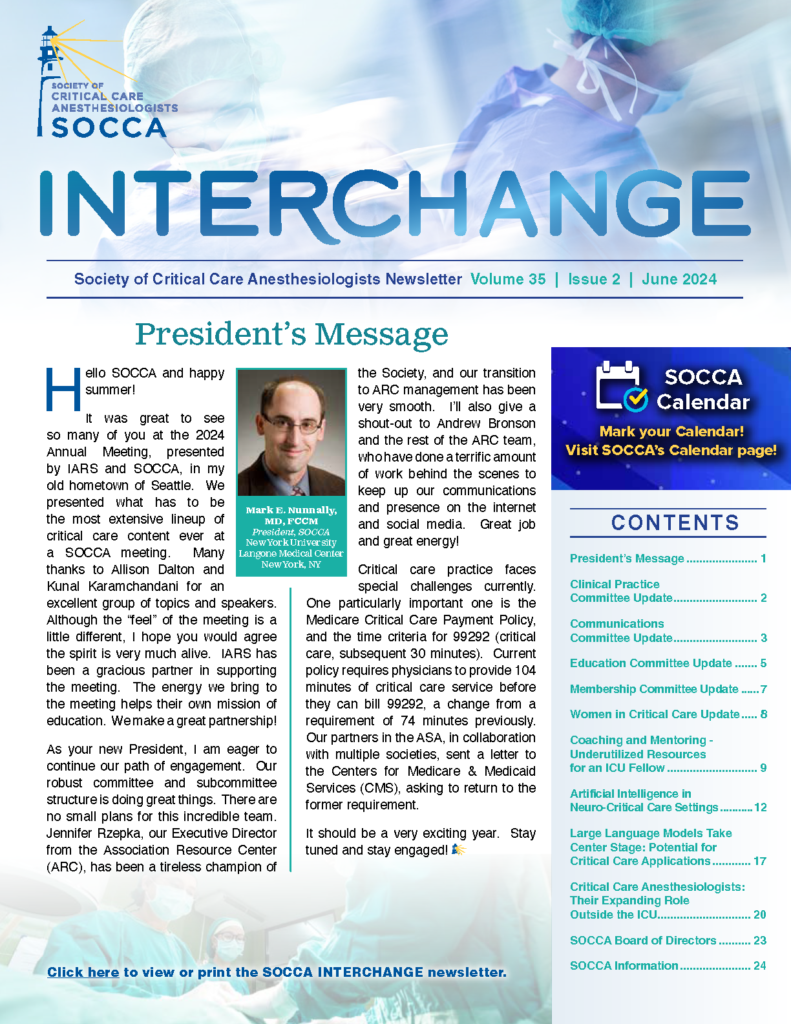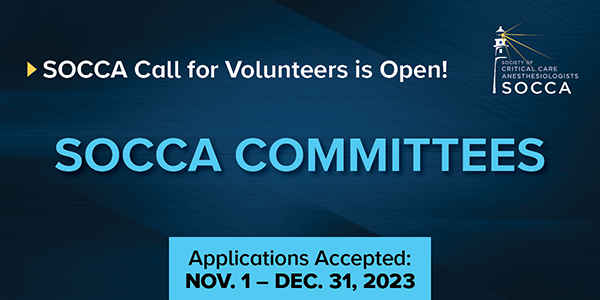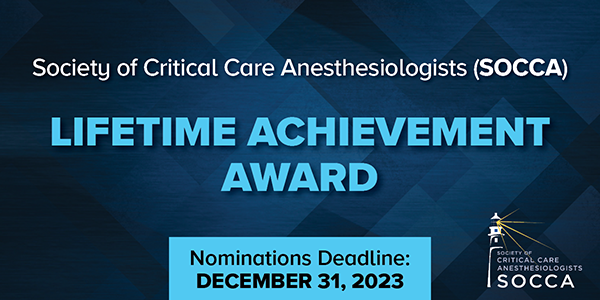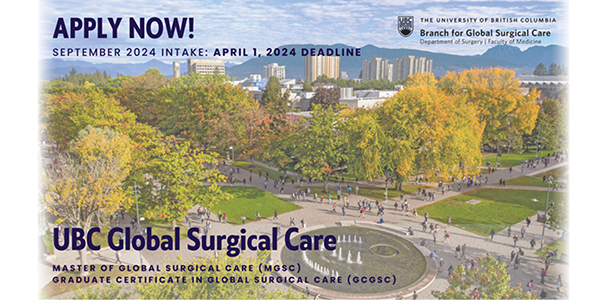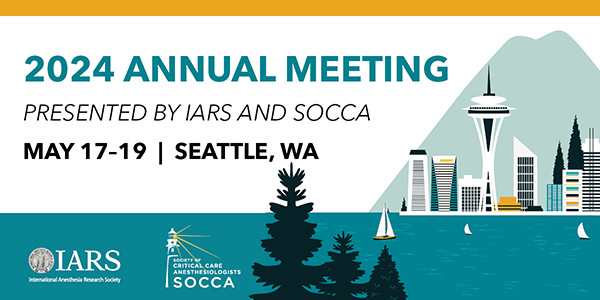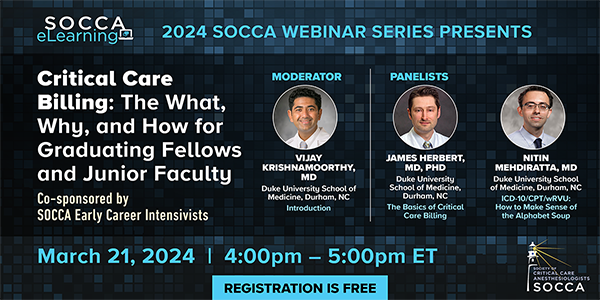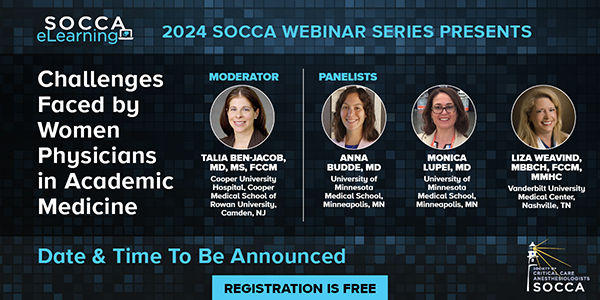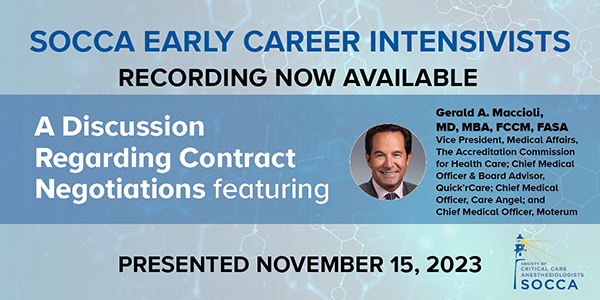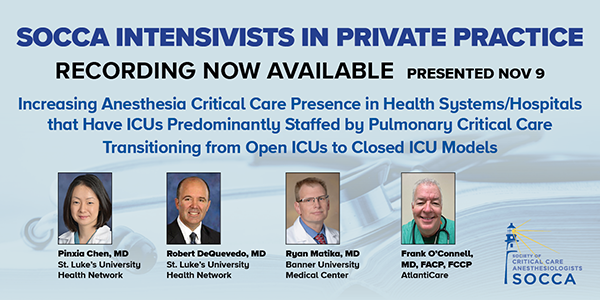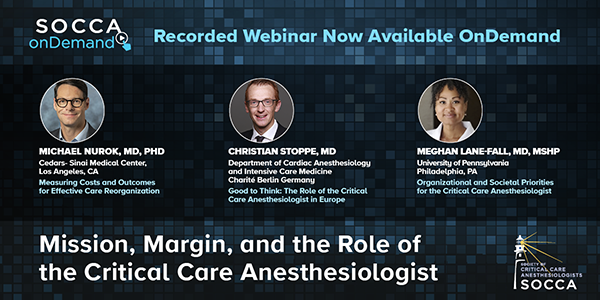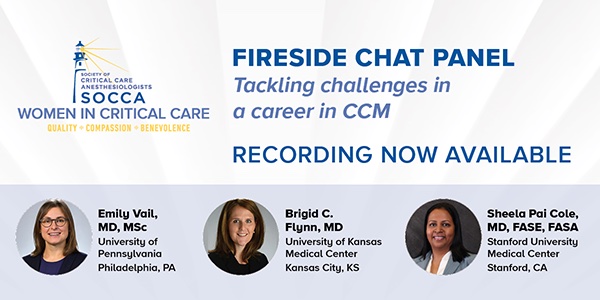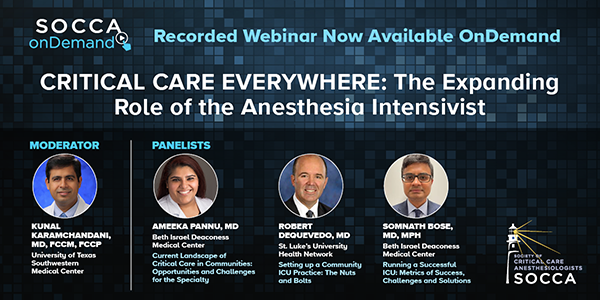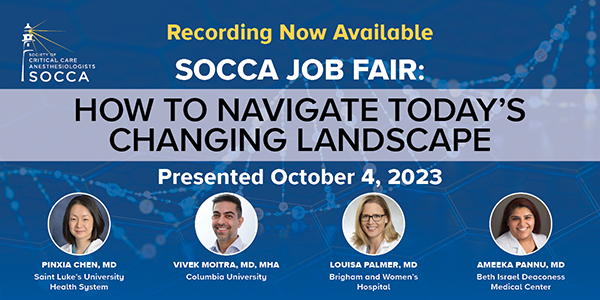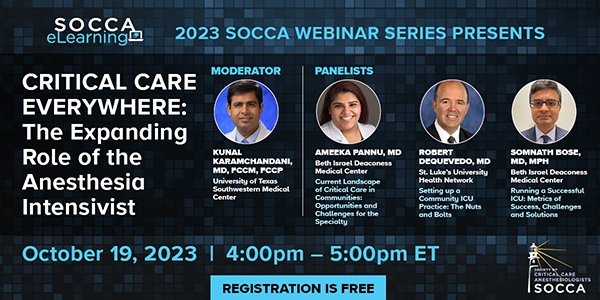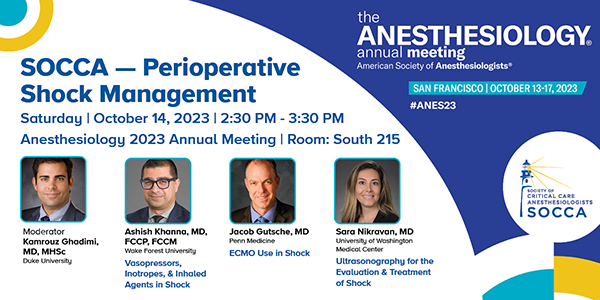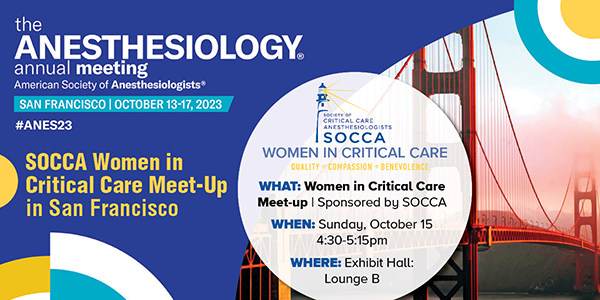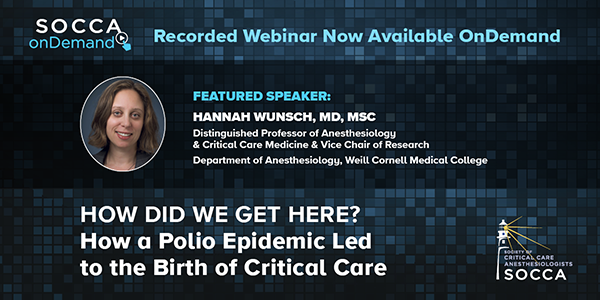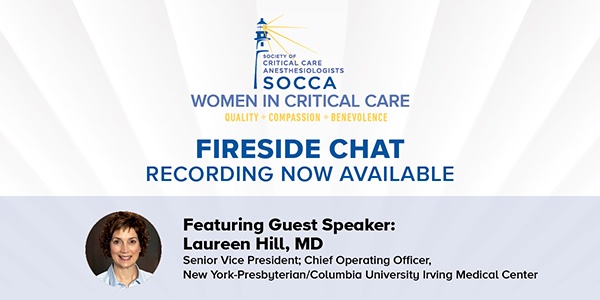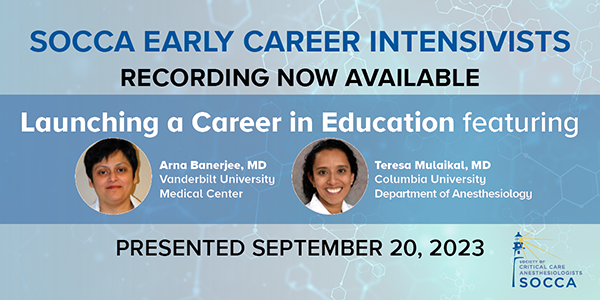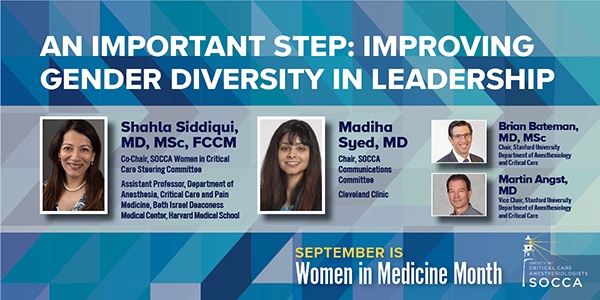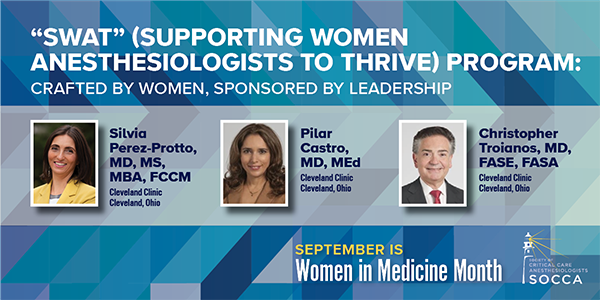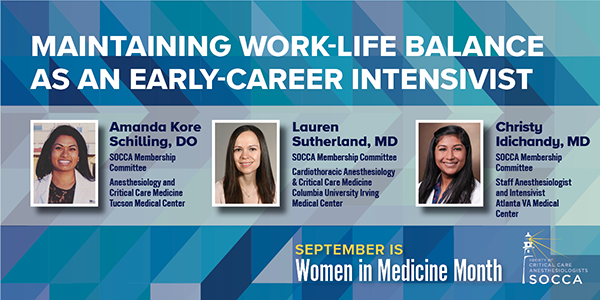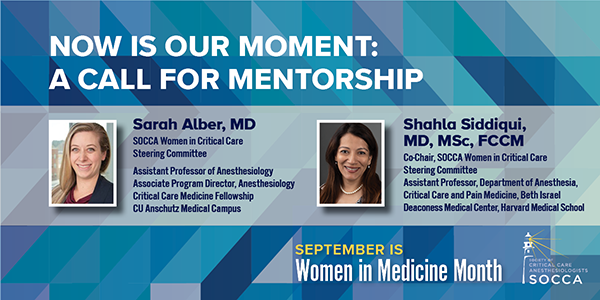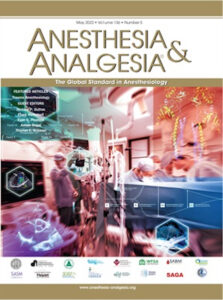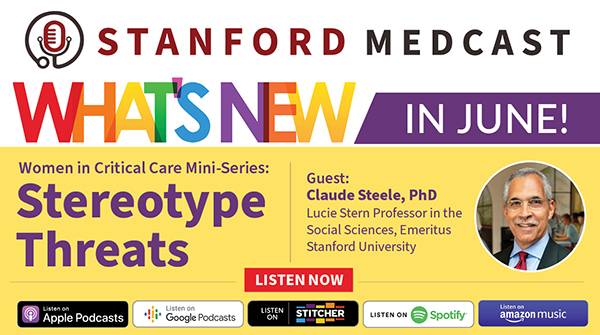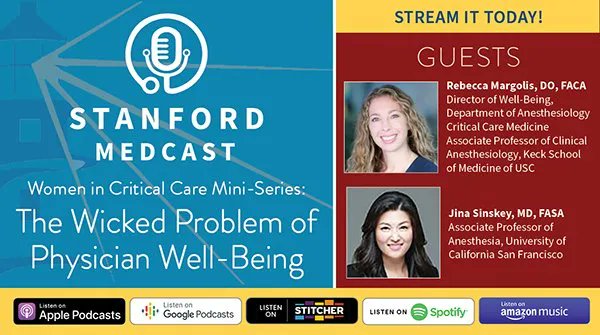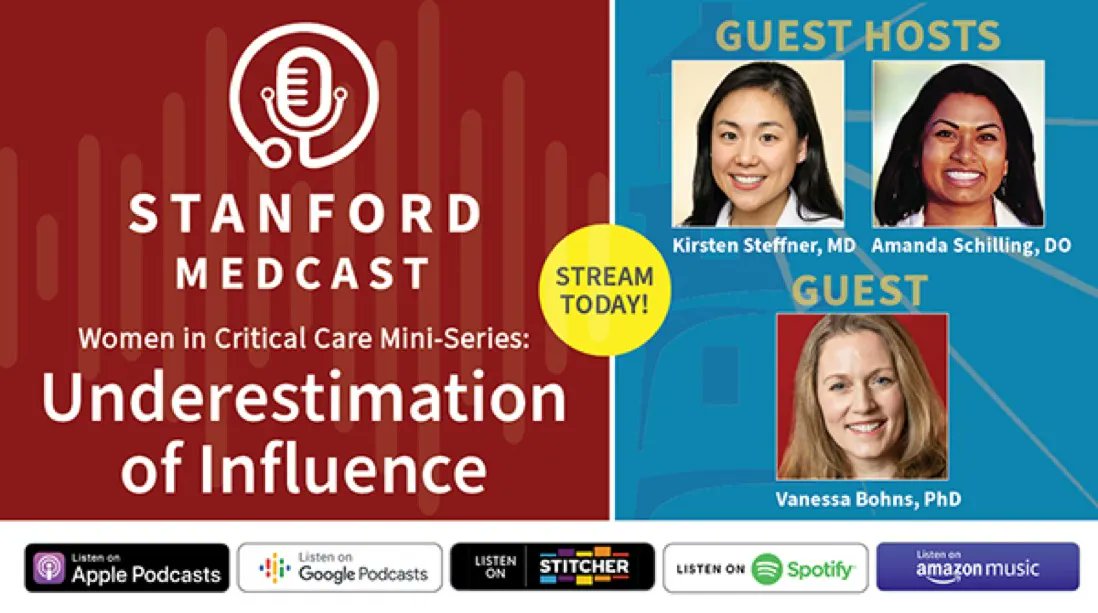Re-Thinking the Anesthesia Rotation
To augment recruitment to our specialty, we need to start at the grassroots. The COVID-19 pandemic shed light on a lack of critical care training among practicing anesthesiologists, as well as lack of appreciation for the specialty in the global medical community. A large contributing factor is the myopic perspective of our specialty offered on the standard boilerplate anesthesiology rotation. Medical student exposure to anesthesiology is almost exclusively dedicated to intubation and the role of the intraoperative provider: a rote sequence of injections and dials, staying quiet so as not to wake the beast across the drapes. We love to show off our cheap thrills: the magic of propofol, the placement of arterial lines, and we stick to cheeky truisms: “physiology and pharmacology in action,” “our patients are 100% compliant!”, “we protect patients from the surgeon!” But in doing so, we are selling ourselves short. It’s time to draw back the curtain and show them how much the role of a modern-day anesthesiologist and intensivist can transcend this role.
First, we need to show them our world beyond the operating room. Sitting with the resident for hours on end gives the wrong impression, unless we are trying to sell students on the role of a private practice solo provider. It may be more useful for the student to shadow the attending, who is juggling multiple emergent responsibilities, and triaging perioperative medical issues. If perioperative medicine is our future, we should use it as a selling point.
Second, we need to strengthen their exposure to surgical critical care. I may be biased in saying that anesthesia intensivists represent the apex of our field—we work as real doctors, our procedural and intellectual prowess on full display. This is also the arena in which we have the most leverage in garnering respect from the broader hospital. The future generation of physicians need to see that we are not just a technician behind the drapes being yelled at about paralysis. When the drapes come off, we engage in high level medical decision making with these very same surgical colleagues. In most European countries, Anesthesiology and Critical Care are integrated into the same specialty. Medical Students would likely welcome this perspective.
Third, we should expose them to our ever-increasing footprint in the hospital at-large. Medical students might be thrilled to be included on the airway stat team: we can show them how critical our expertise on respiratory failure is in the peri-arrest setting (and additionally, that we know more about hemodynamic management than most others called to assist in the same setting). We should include them on the ICU triage team, showing them how anesthesia intensivists are necessary for critical care resource allocation. We should expose them to regional anesthesia, of course, but additionally the regional anesthesia requests outside of the OR - ICU, pain clinic, etc. which also involve complex medical decisions.
The broad reach of anesthesiology on the functioning of the hospital is significant. As I moved through student, resident, fellow, attending—I began to notice this “anesthesia creep” into almost every arena. We are the hospital’s insurance policy against failure, the sole arbiters of patient safety. The hospital has grown to rely on us for any situation which requires urgent, high-level, acute care, or one in which a patient is having a life-threatening experience (or an experience that would benefit from amnesia). We protect from iatrogenic harm—drug overdoses, procedural error, or apnea due to an overzealous PCA prescription. We allow for time-sensitive interventions to occur without a hitch—neuro-embolization for acute stroke, STEMI activation for patients who need higher level of monitoring. And we are a necessary utility by which the hospital’s greatest revenue generators—surgeons—can thrive.
I think we would immensely benefit from a recruitment standpoint if we brought students into this broader world of anesthesia as a bridge between the hospital and its ability to function safely.
These changes will require some hefty changes from anesthesia program coordinators/directors, but they are necessary if we want to keep up recruitment to our fast-evolving field.

